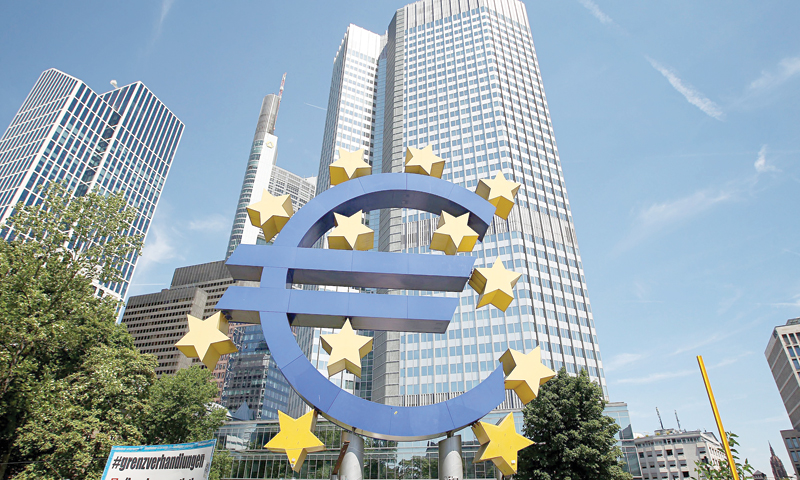

Howard Schneider, Francesco Canepa -
Easing come. Easing go. A concentrated burst of interest rate cutting and other measures to loosen global financial conditions by the world’s central bankers looks to have largely run its course, and policymakers now appear content to wait and see if their handiwork staves off a deeper slowdown in the months ahead.
Led by the US Federal Reserve’s nearly yearlong pivot away from a tightening bias, rate setters from Australia to Brazil and the euro zone to the Philippines have lowered borrowing costs in recent months to blunt the headwinds from global trade tensions headlined by the standoff between Washington and Beijing.
It is an easing wave that appears to have crested for now.
For their parts, the Big Three in the central bankersphere — the Fed, European Central Bank and Bank of Japan — are in no rush to drive rates any lower, especially in Europe and Japan where they are already in negative territory.
The Fed last week cut rates for the third time since July, but officials emerged from the meeting with a near-explicit declaration to expect no more for the moment.
In Europe, meanwhile, a changing of the guard at a deeply divided ECB likely means that its September rate cut will not be followed in the near future, with their focus instead being on jawboning the trading bloc’s political leaders to step up their own efforts at stimulus.
In Japan, a BoJ weary of expending its limited ammunition has so far avoided cutting rates at all in the latest global wave. It would prefer to hold fire for as long as possible, relying instead of pledges of more accommodation in the future should it be needed.
And in the developing world, the pace of easing has slackened notably from a crescendo reached in August, although October marked the ninth straight month of net rate cuts by emerging market central banks.
To be sure, the factors allowing policymakers to take a breather may prove fleeting — on the trade front in particular.
In mid-October the International Monetary Fund pinned the blame on the US-China trade war when it slashed its global growth forecast to the slowest pace since the 2008-2009 financial crisis.
The dispute, initiated by US President Donald Trump, is in a state of detente as the two sides work to complete “Phase One” of a wider deal. But the erratic American president has abruptly changed stance before and may again.
Still, the messaging in the past two weeks from central bankers in Frankfurt and Tokyo was consistent with the Fed’s new stance: Let’s see how what we’ve done plays out.
“We see the current stance of monetary policy as likely to remain appropriate as long as incoming information about the economy remains broadly consistent with our outlook,” Fed Chair Jerome Powell said last week after the US central bank cut its benchmark rate by a quarter point to a range of 1.50-1.75 per cent.
A solid upside surprise on job growth in October only cemented that view. “We’ve done the adjustment,” Fed Vice Chair Richard Clarida said in an interview on Bloomberg TV after Friday’s payrolls report.
The ECB has restarted a 2.6 trillion euro bond-buying programme after cutting its interest rate on deposits in September. Back then investors were betting on two further rate cuts by March of next year, but have since pared their expectations as deep divisions emerged among ECB policymakers on the path ahead.
New ECB President Christine Lagarde, will have to heal a rift between representatives of cash-rich countries such as Germany, the Netherlands and France, who opposed the decision to resume bond purchases, and the struggling periphery.
The former managing director of the IMF has struck a balanced tone, saying an accommodative monetary policy was needed but also had side effects that needed monitoring.
The issue is that the economic benefits of pushing the deposit rate, currently at -0.5 per cent, further below zero are dubious. Ex-ECB President Mario Draghi, who just turned over the reins to Lagarde, acknowledged in his farewell speech that the negative rate was “not delivering the same degree of stimulus as in the past” because the return on investment in the economy had fallen. — Reuters
Oman Observer is now on the WhatsApp channel. Click here



